Hiroyuki Hamada:
Recent Works
Acrylic, charcoal, enamel, graphite, plaster, and oil come together to form Hiroyuki Hamada’s latest monochromatic compositions.
Hamada’s sculptures undergo a methodical process of working and reworking, texturing, and layering; the objects emerge from their making process banded with lines, worn, and almost artifactual, revealing something entirely new.
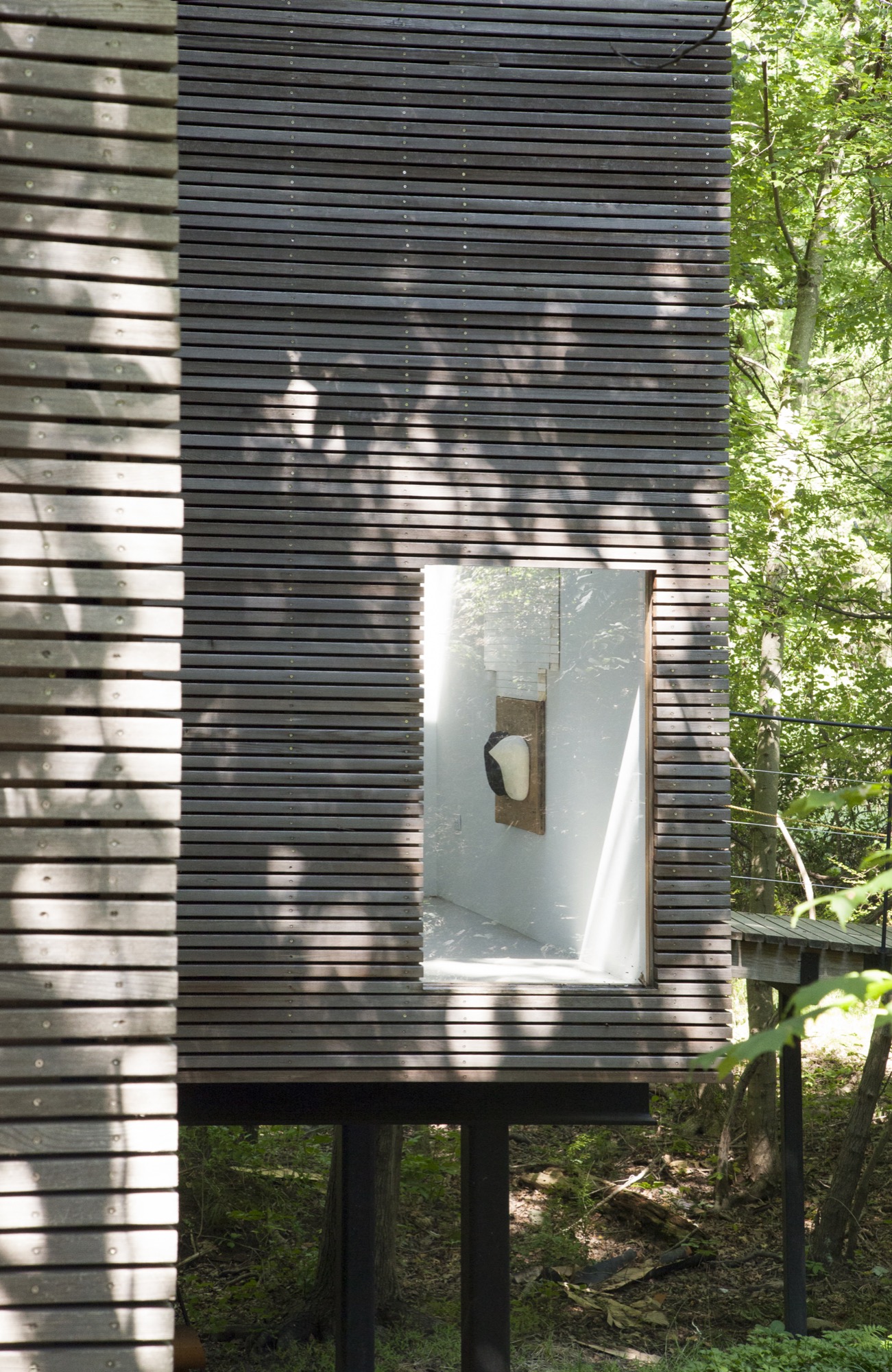
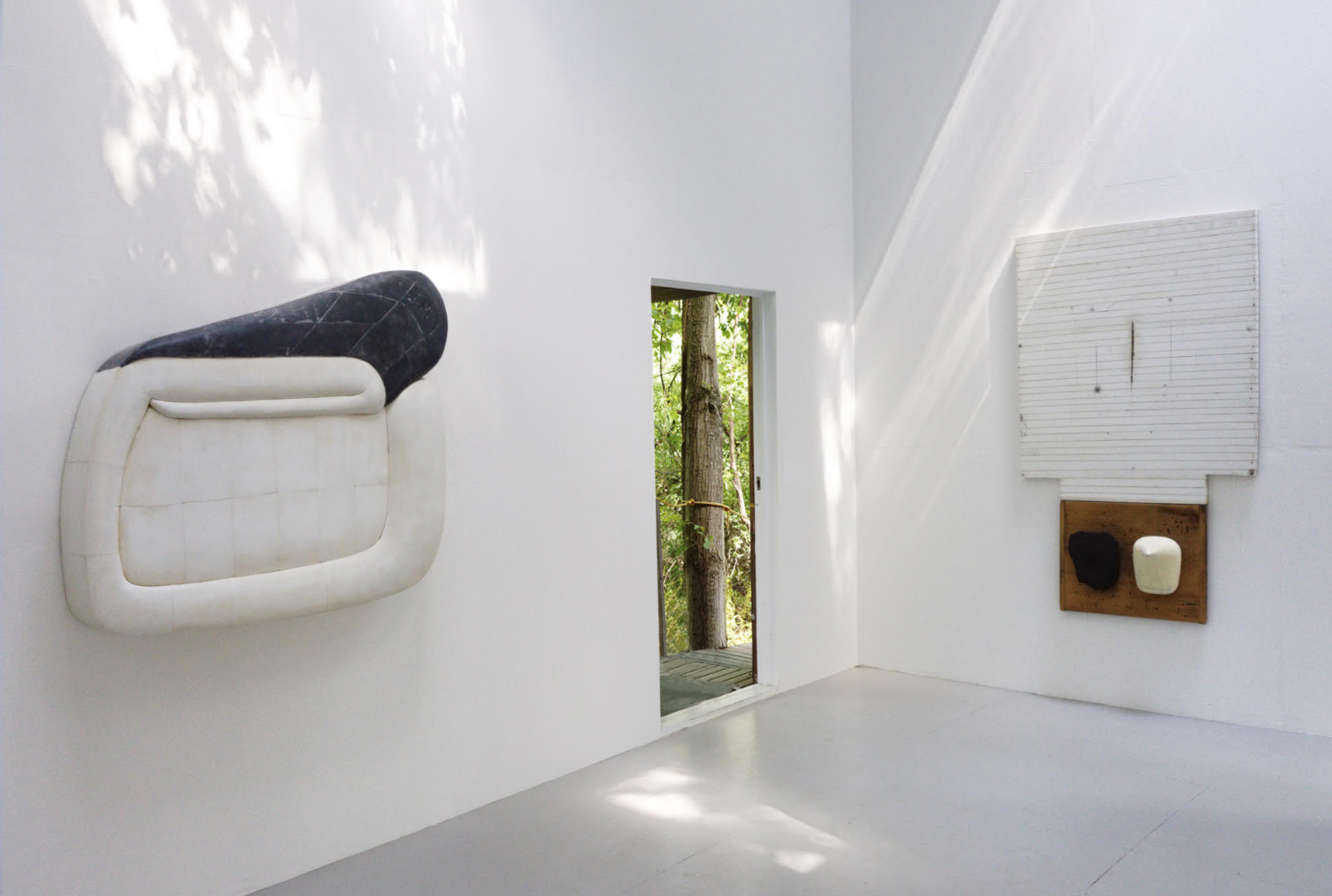
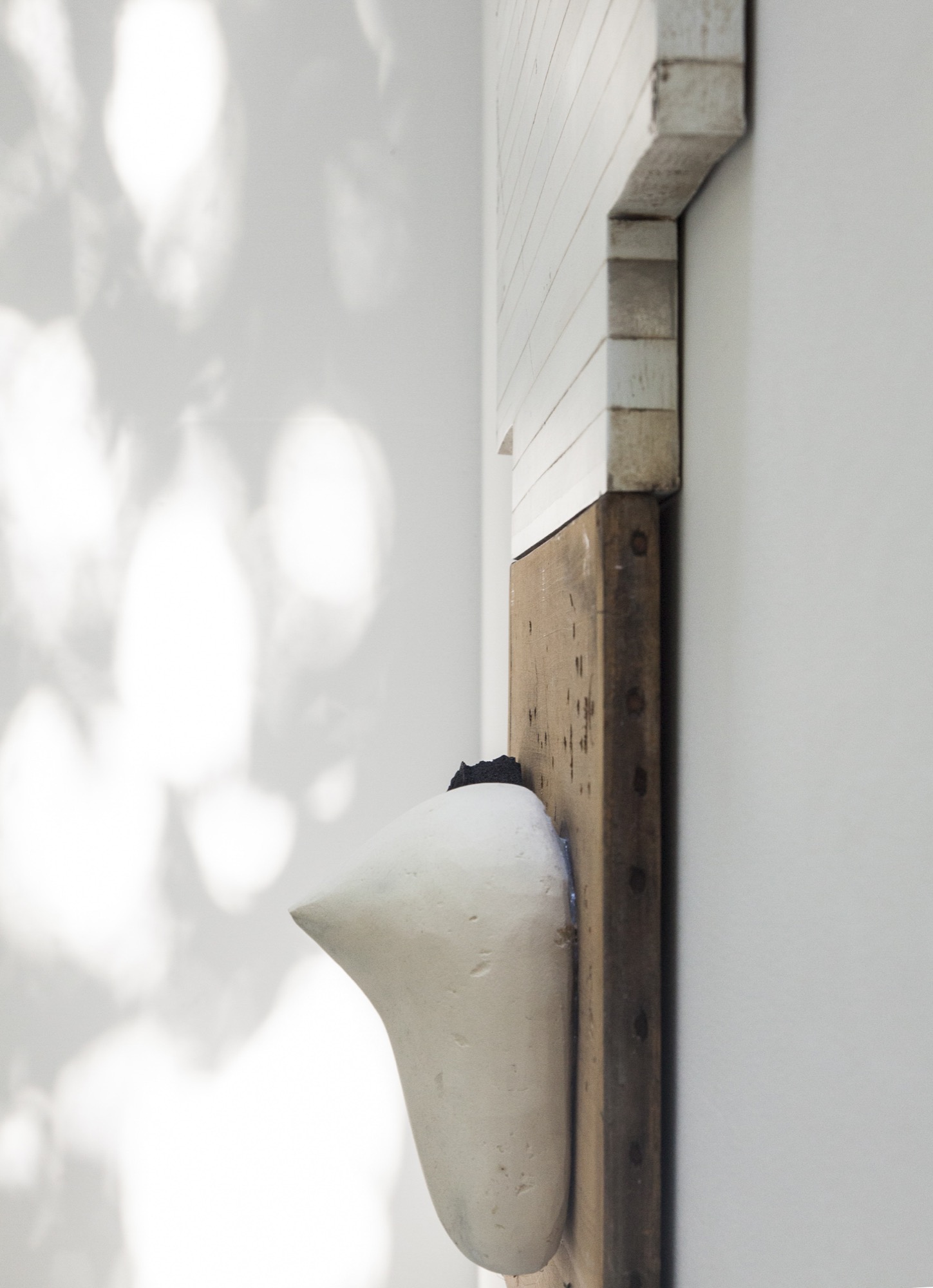
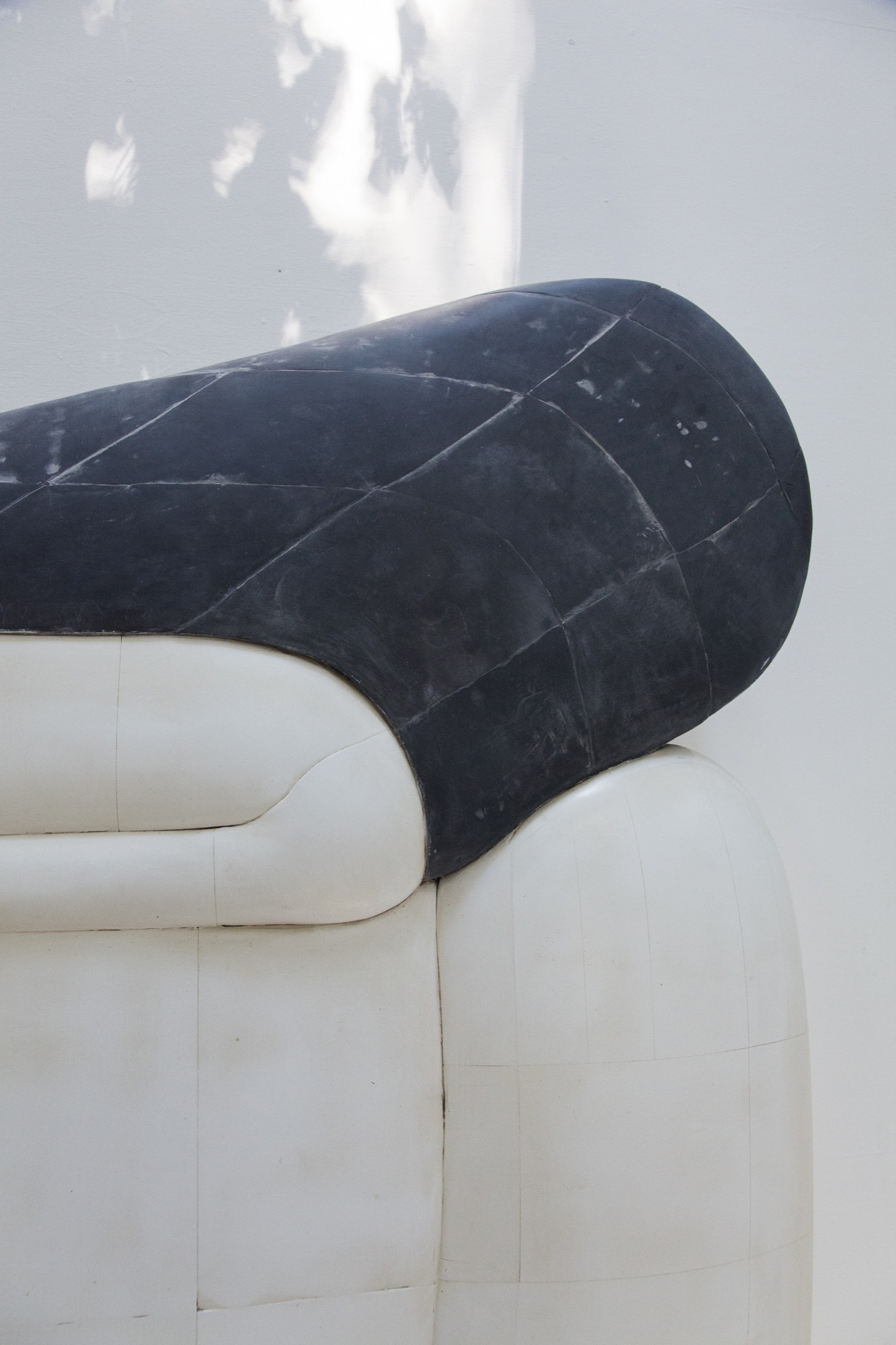
“Markings can effectively add layers of history, time, environment or function on top of the other visual narratives of the object. The result can be extremely powerful, with richly layered visual messages. It’s a variation of the improvisa-tional approach of the many modern painters who find the theme as they go along, using their own visual vocabularies.”
– Hiroyuki Hamada
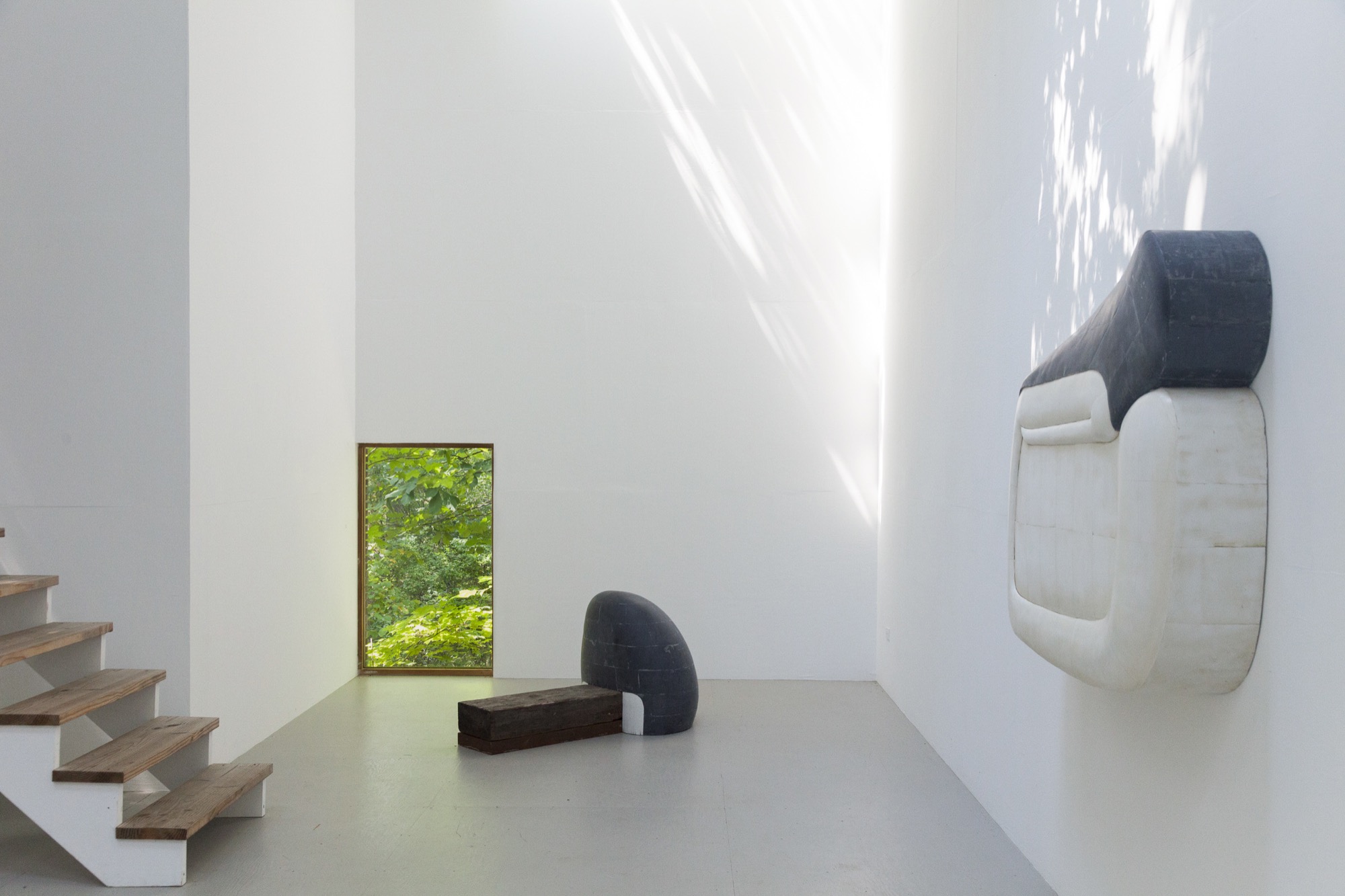
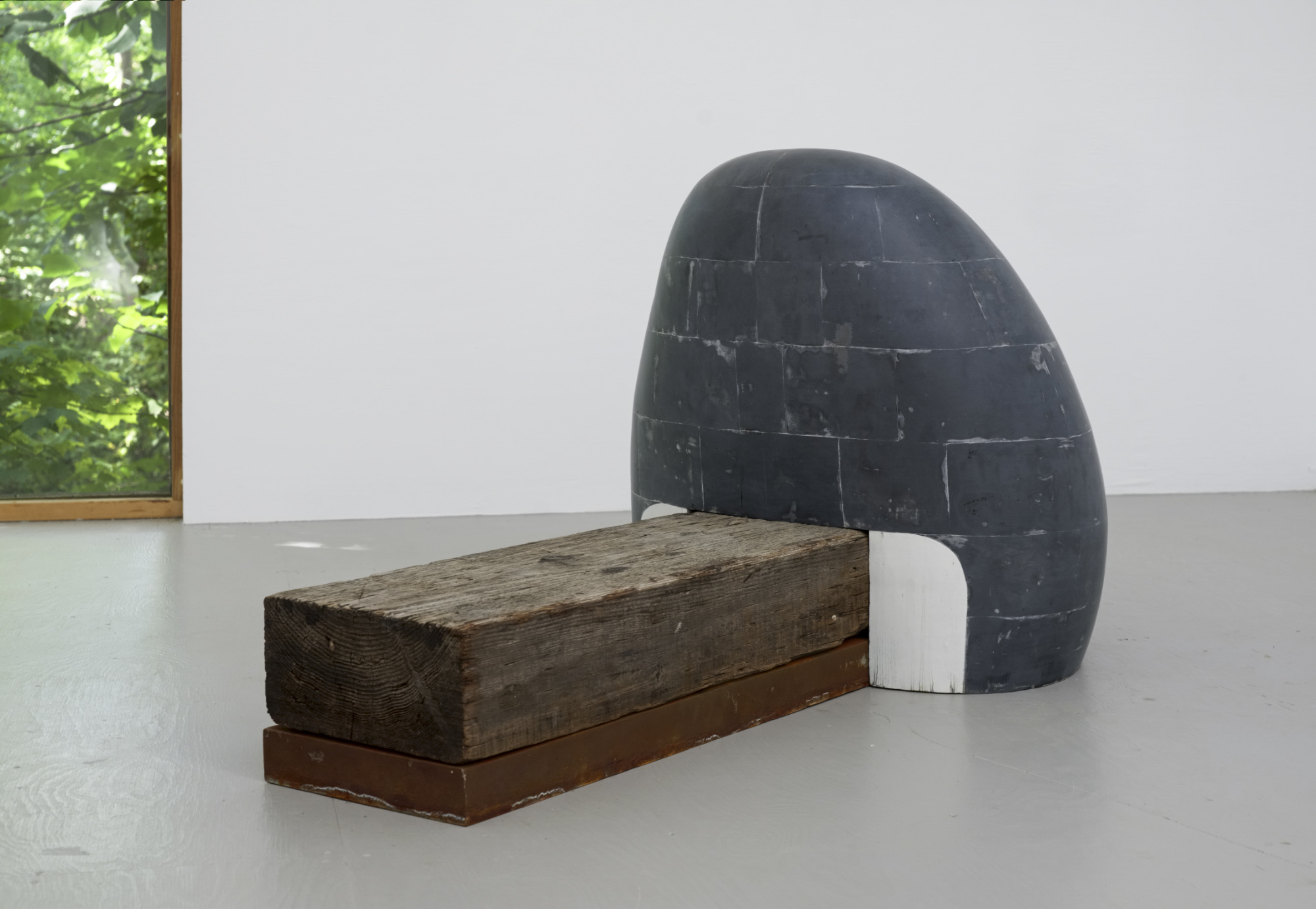
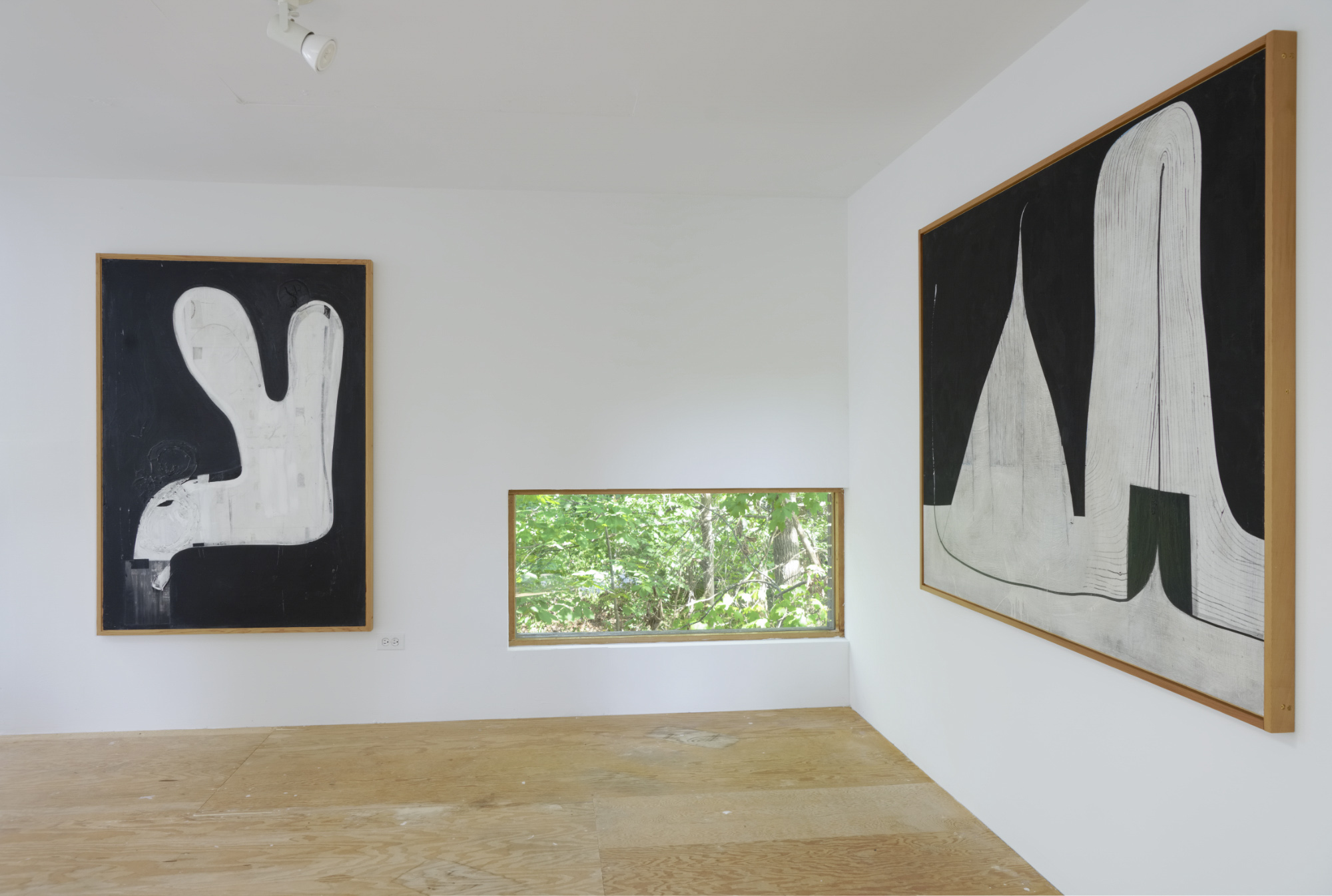
Hiroyuki Hamada:
Studio Visit
“Working in a studio that is surrounded by woods on Long Island, New York, Hamada immerses himself in the complex yet methodical processes of his practice. Sketching is the starting point for all his sculptures, allowing him to brainstorm. Once an idea has taken form and the exact shapes and scale have been decided, he makes a rough structure from wood and foam that he continues to refine.”
Excerpt from Raw + Material = Art by Tristan Manco
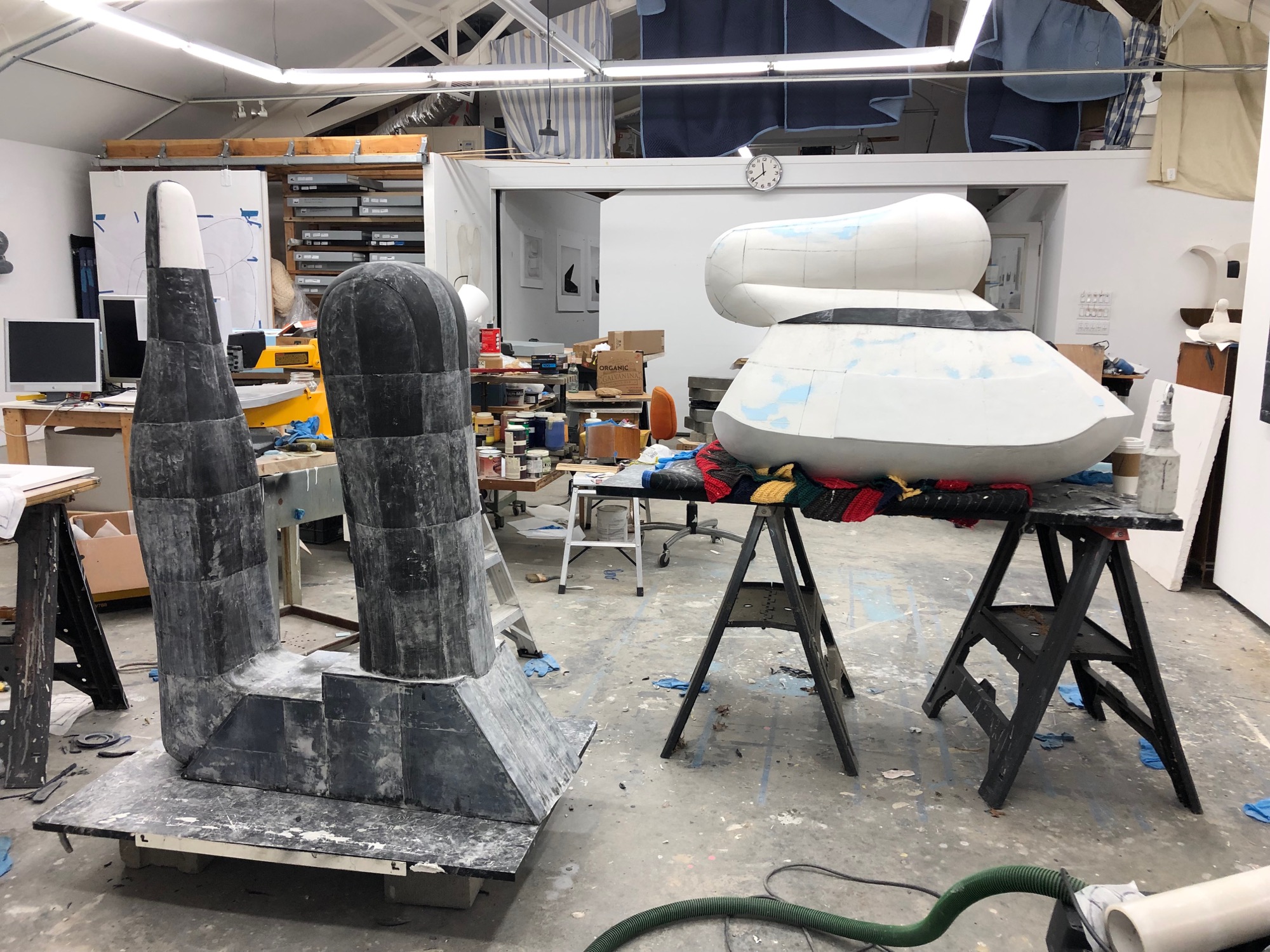
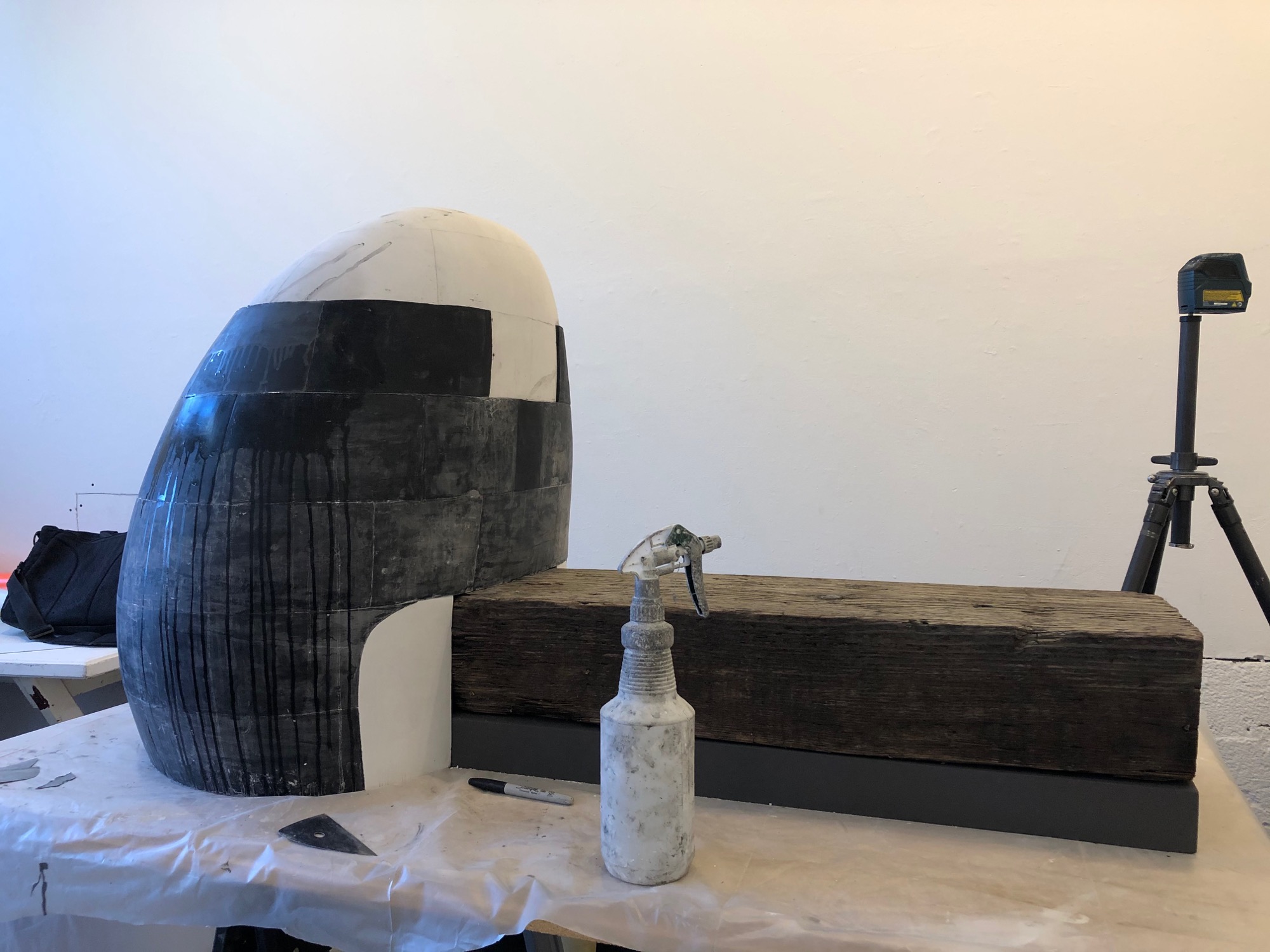
“The surface of a piece gets full attention as much as the form in the space. The spontaneous burst of visual narratives, painstaking layering process of adding and subtracting, and suggested depth of the illusionary space on the surface, all of these interact with the form in the space.”
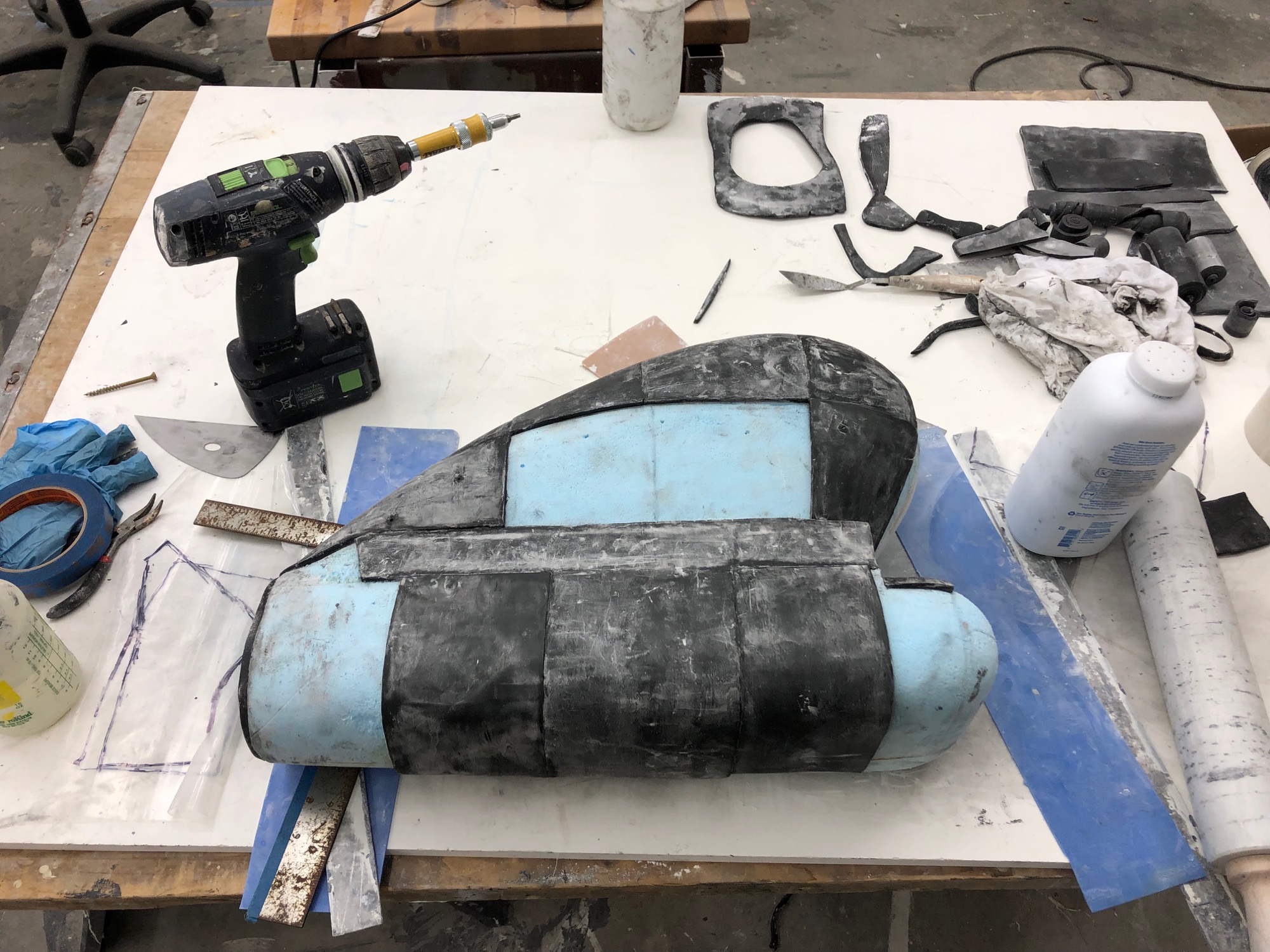
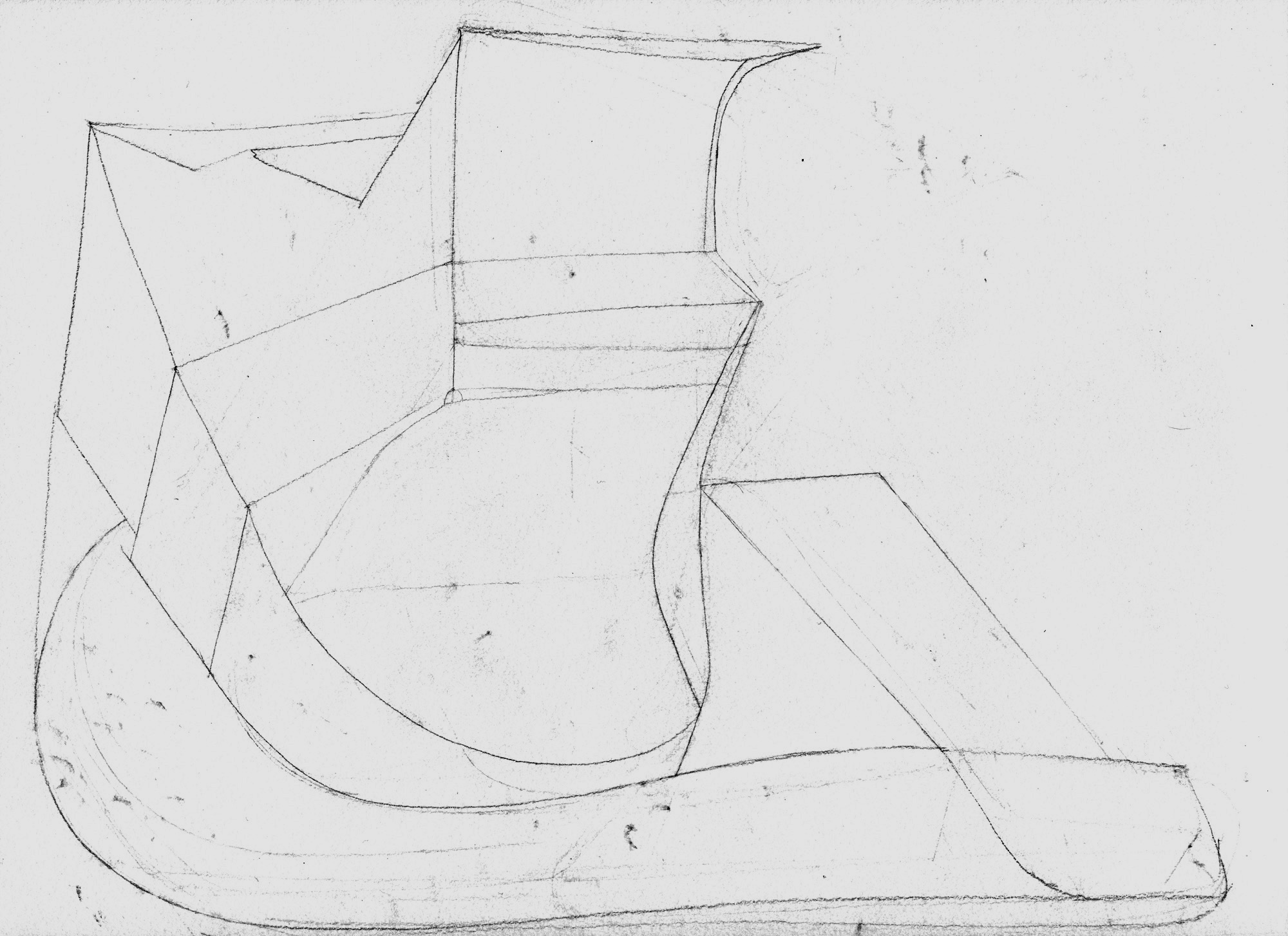
“Many of my sculptures and prints start as drawings. As a pencil makes marks on a paper, the action connects the moment with my perceptions, material reality and possibilities. It grounds me to the universe and allows me to see and feel the unknown. This is how the seed of the piece is planted. From then on, I follow the growth with curiosity, openness, and patience.”
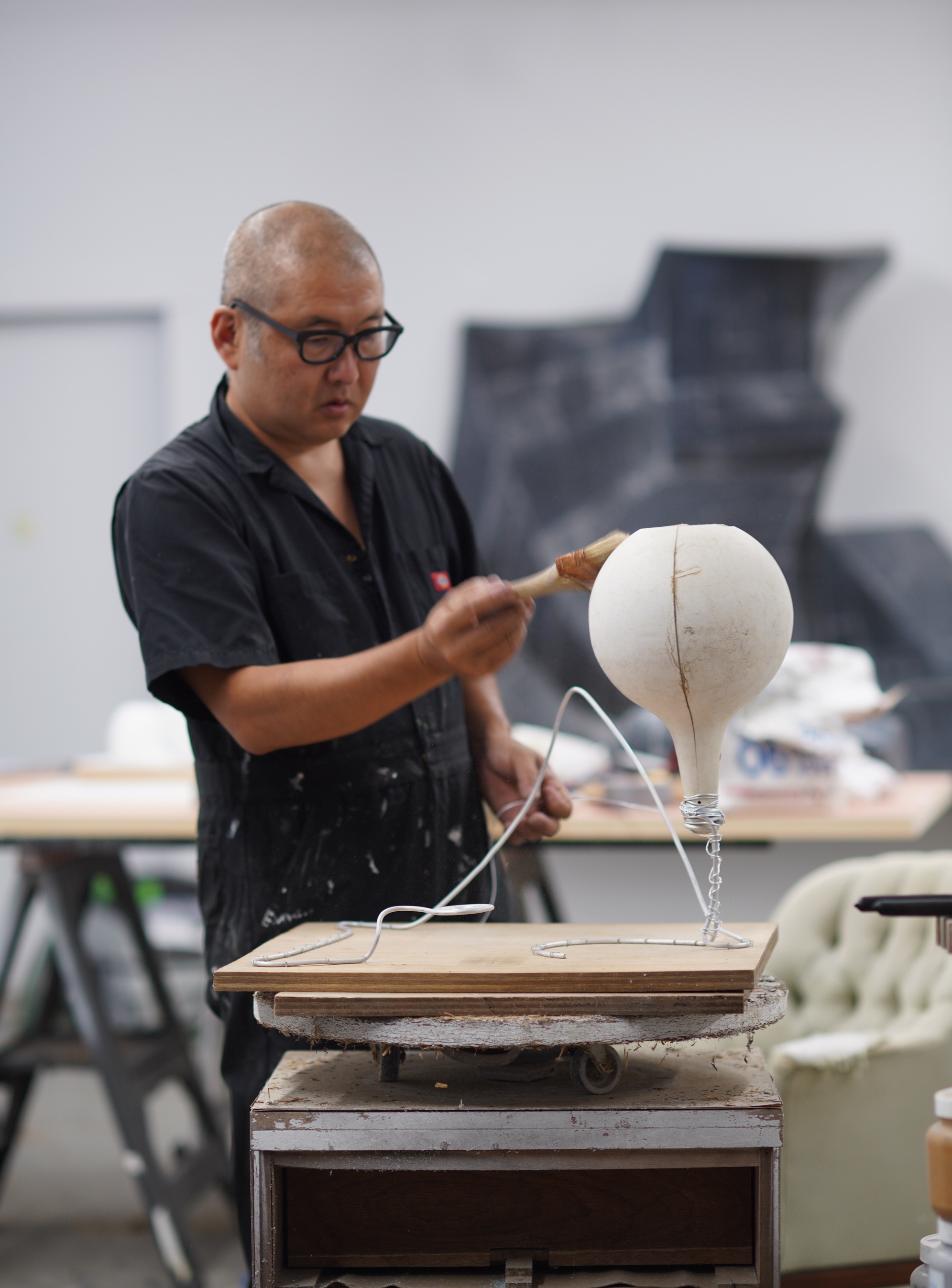
'T' Space would like to thank Hiroyuki Hamada for making this inspiring exhibition and his support throughout the process. For their generous support of this show, we thank Lori Bookstein and Joseph Bunge of Bookstein Projects. We give appreciation to Jack of Diamonds for creating the video of the exhibition and Robert C. Morgan for the illuminating conversation with Hiroyuki Hamada captured in the video. Thank you to Elena Sisto and Robert C. Morgan for leading tours of the exhibition.
All artworks are presented courtesy of Hiroyuki Hamada and Bookstein Projects.